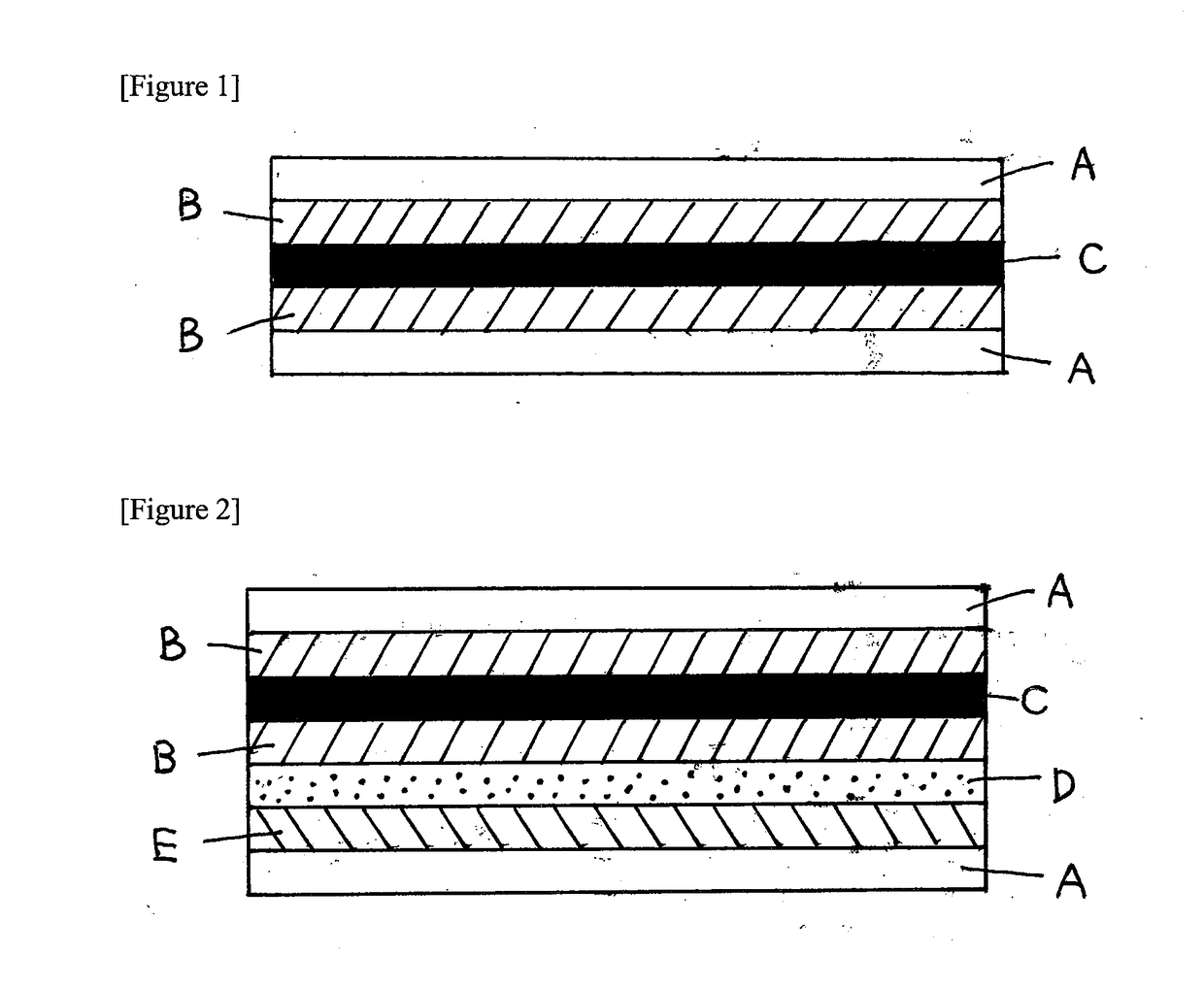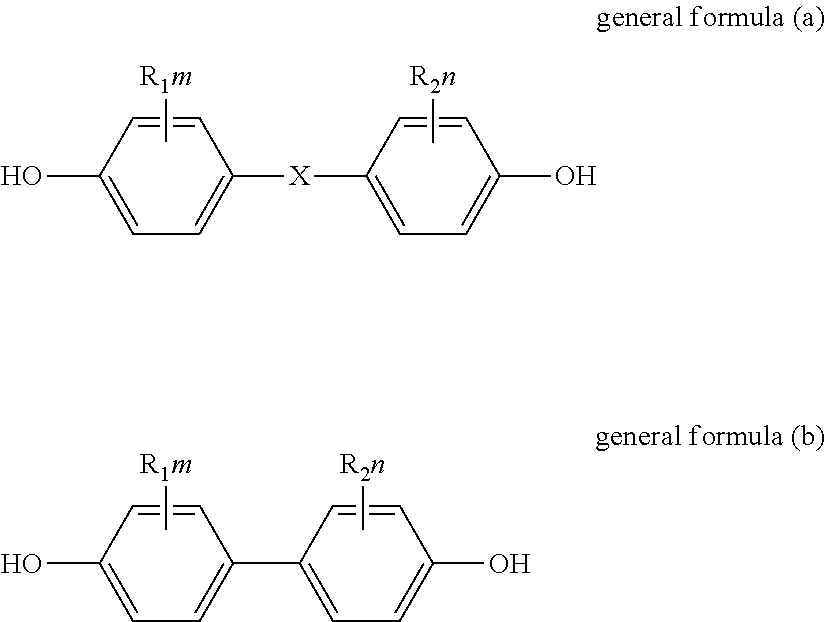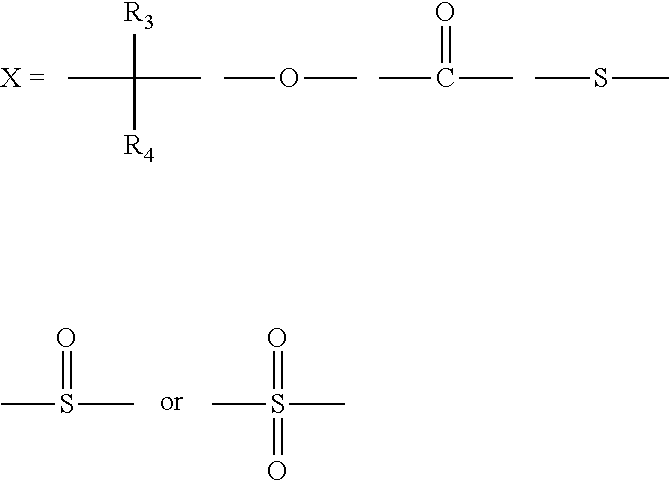Synthetic resin laminate having photochromic properties and lens using same
a technology of synthetic resin and photochromic properties, which is applied in the direction of cellulosic plastic layered products, instruments, and spectales/goggles, etc., can solve the problems of limited product design, poor appearance, and difficult to limit the coated portion to only the desired portion, and achieve excellent control, no in-plane coloring unevenness, and good color contrast
- Summary
- Abstract
- Description
- Claims
- Application Information
AI Technical Summary
Benefits of technology
Problems solved by technology
Method used
Image
Examples
example 1
[0058]A photochromic dye-containing resin liquid (for a functional layer (B)) obtained by the method of the above (1) was applied to a triacetyl cellulose (TAC) film having a thickness of 40 μm (manufactured by Fujifilm Corporation) that was a resin layer (C) by a bar coater #42. Then, the solvent was volatilized under an atmosphere of 70° C. for 10 minutes, and the resin liquid surface and an aromatic polycarbonate film having a thickness of 320 μm and an Re of 5500 nm (manufactured by Mitsubishi Engineering-Plastics Corporation, trade name: Iupilon E-2000 (the same applies below)) that was a synthetic resin layer (A) were bonded.
[0059]A photochromic dye-containing resin liquid (for a functional layer (B)) obtained by the method of the above (1) was applied to the TAC film (resin layer (C)) surface of the obtained laminate in the same manner, and the resin liquid surface and an aromatic polycarbonate film having a thickness of 320 μm and an Re of 5500 nm that was a synthetic resin ...
example 2
[0061]A synthetic resin laminate was made in the same manner as Example 1 except that in Example 1, an integrally laminated film having a thickness of 300 μm comprising a poly(meth)acrylate resin having a thickness of 50 μm and an aromatic polycarbonate resin having a thickness of 250 μm that was manufactured by a coextrusion method was used instead of the aromatic polycarbonate film that was the synthetic resin layer (A), and lamination was performed so that the aromatic polycarbonate resin bonded to the photochromic dye-containing resin liquid. The synthetic resin laminate was evaluated in the same manner.
example 3
[0062]A synthetic resin laminate was made in the same manner as Example 1 except that in Example 1, a polyamide film was used instead of the aromatic polycarbonate film that was the synthetic resin layer (A). The synthetic resin laminate was evaluated in the same manner.
PUM
| Property | Measurement | Unit |
|---|---|---|
| thickness | aaaaa | aaaaa |
| thickness | aaaaa | aaaaa |
| thickness | aaaaa | aaaaa |
Abstract
Description
Claims
Application Information
 Login to View More
Login to View More - R&D
- Intellectual Property
- Life Sciences
- Materials
- Tech Scout
- Unparalleled Data Quality
- Higher Quality Content
- 60% Fewer Hallucinations
Browse by: Latest US Patents, China's latest patents, Technical Efficacy Thesaurus, Application Domain, Technology Topic, Popular Technical Reports.
© 2025 PatSnap. All rights reserved.Legal|Privacy policy|Modern Slavery Act Transparency Statement|Sitemap|About US| Contact US: help@patsnap.com



